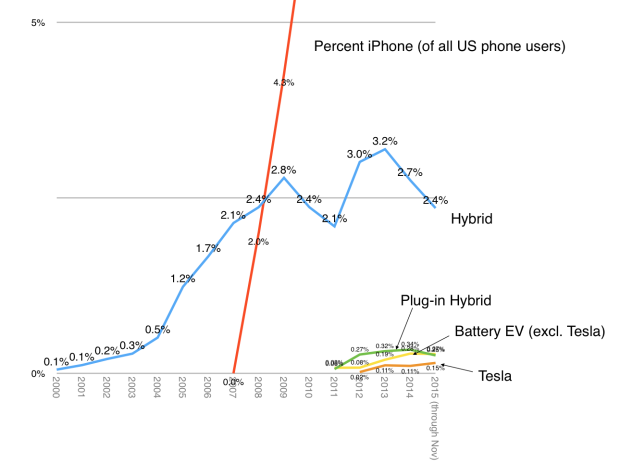Some say that advertising keeps the internet lights on. Advertising is a great business model for services but it has limits. There are only so many ad budgets to go around. What will fuel an internet that outgrows all the ad money in the world?
This is the topic that Ben Bajarin and I will explore in our next event: SUBSCRIBE: The Future of Online Services.
We will explore:
- How will the online services business models evolve?
- How will VR affect entertainment and communications?
- How will AI affect shopping?
- How will blockchain affect economics?
- How will hardware affect software and services and vice versa?
- How will users, usage, and capital connect?
Join us to learn more about the internet economy by studying the economics of the internet.
SUBSCRIBE is a 1/2-day event taking place on both coasts. Register at:
The first 20 registrants receive an early-bird discount.
Learn more about SUBSCRIBE at SubscribeConf.com.

